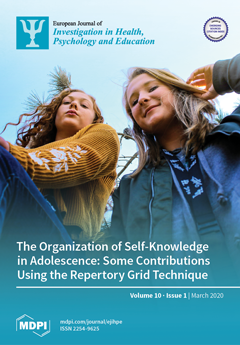Open AccessArticle
Exploring Issues and Challenges of Leadership among Early Career Doctors in Nigeria Using a Mixed-Method Approach: CHARTING Study
by
Efosa Isibor, Kehinde Kanmodi, Oladimeji Adebayo, Olusegun Olaopa, Martin Igbokwe, Iyanu Adufe, Ibiyemi Oduyemi, Makinde Adebayo Adeniyi, Sebastine Oseghae Oiwoh, Ayanfe Omololu, Ifeanyichukwu Kelvin Egbuchulem, Selekeowei Peter Kespi Kpuduwei, Oluwafemi Efuntoye, Onuwabuchi Egwu, Oluwaseyi Ogunsuji, Elizabeth O. Grillo and Babalola Rereloluwa
Cited by 4 | Viewed by 3815
Abstract
(1) Background: leadership behaviour is a poorly explored phenomenon among early-career doctors (ECDs). Good leadership is vital in maximising the effective management of patients in a clinical setting. While a good number of studies, though with small sample surveys, have researched the role
[...] Read more.
(1) Background: leadership behaviour is a poorly explored phenomenon among early-career doctors (ECDs). Good leadership is vital in maximising the effective management of patients in a clinical setting. While a good number of studies, though with small sample surveys, have researched the role of leadership in clinical setting quantitatively, qualitative investigations are yet to be done in Nigeria. This study aims to explore the attitudes, skills, and experience of ECDs in Nigeria on issues pertaining to leadership in a medical setting, using a mixed-method approach. (2) Methods: we conducted two sessions of key informant focus group discussion (FGD) that involved 14 ECD leaders in Nigeria, exploring their leadership experience in a clinical setting. Furthermore, we used a self-administered questionnaire to quantitatively survey 474 ECDs from seven Nigerian teaching hospitals to explore their attitudes, skills, and experience on issues pertaining to medical leadership. (3) Results: taking on leadership roles is a common phenomenon (52.7%) among the surveyed ECDs; however, the medical leadership position can be very challenging for ECDs in Nigeria. Despite the fact that many (91.1%) of the surveyed ECDs perceived leadership skills as essential skills needed by a doctr, many (44.1%) of them were yet to be formally trained on medical leadership. About three out of every 10 (23.6%) of surveyed ECDs that have ever held leadership positions in a medical setting experienced major leadership challenges while in such office due to their lack of training on leadership skills. Leadership skill acquisition programmes are highly recommended to become an integral part of medical training programmes in Nigeria. (4) Conclusion: there is a need for a structured leadership skill acquisition programme for ECDs in Nigeria. This programme will help in the robust delivery of highly effective healthcare services in Nigeria, as effective leadership is crucial to patient care services.
Full article
►▼
Show Figures






